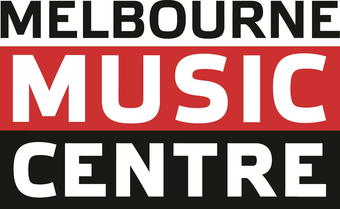In a world where self-expression is both a right and a triumph, many LGBTQIA+ individuals find their voice in unexpected places. Learning to play a musical instrument is one such powerful avenue for self-expression, allowing for the exploration and celebration of identity through the universal language of music.
Discovering Self Through Sound
Music is more than just melodies and harmonies; it's a canvas for individual narratives. For LGBTQIA+ individuals, the journey towards self-discovery and acceptance often benefits from the creative outlet that learning an instrument provides. Here's how music can help:
1. Freedom of Expression: Music transcends words and labels, allowing individuals to communicate complex emotions, experiences, and identities in ways that may be challenging through conventional means.
2. Personal Storytelling: Learning an instrument enables individuals to compose and perform their stories, creating musical narratives that resonate with their unique experiences as LGBTQIA+ individuals.
3. Authenticity: Playing an instrument encourages authenticity and self-acceptance. It fosters a sense of pride and empowerment, which can be especially crucial for LGBTQIA+ individuals navigating social and personal challenges.
4. Connection and Community: Music brings people together. LGBTQIA+ individuals can find supportive communities and allies within the music world, forging connections based on shared interests and shared humanity.
5. Empowerment Through Lyrics: For those who write and perform their own music, lyrics become a powerful tool for conveying messages of love, acceptance, and social change.
Notable LGBTQIA+ Musicians: Inspirational Figures
Throughout history, LGBTQIA+ musicians have played a significant role in championing acceptance, diversity, and inclusion. Their stories and music continue to inspire LGBTQIA+ individuals to express themselves and celebrate their identities. Here are some noteworthy LGBTQIA+ musicians:
1. Freddie Mercury: The legendary Queen frontman was a queer icon known for his powerful performances and iconic voice.
2. Anohni: A transgender artist whose music explores themes of identity, environmentalism, and social justice.
3. k.d. lang: Known for her beautiful voice, lang's music has consistently explored themes of love and identity.
4. Brandi Carlile: An openly gay artist whose music reflects themes of love, family, and self-acceptance.
5. Janelle Monáe: An artist who identifies as pansexual, Monáe's music blurs the lines between genres and celebrates diversity.
Exploring Self-Expression Through Music
If you're LGBTQIA+ or an ally and you're considering learning an instrument as a means of self-expression, here are some steps to get started:
1. Choose Your Instrument: Select an instrument that resonates with you, whether it's a guitar, piano, flute, or something entirely unique.
2. Find Resources: Look for lessons, tutorials, and online courses to help you begin your musical journey.
3. Write Your Music: Experiment with writing your own music or interpreting existing songs that speak to your identity.
4. Join LGBTQIA+ Music Communities: Seek out LGBTQIA+-friendly music groups, bands, or clubs in your area or online.
5. Share Your Music: Don't be afraid to share your music with others. Perform at LGBTQIA+ events, open mics, or online platforms to connect with a broader audience.
Finding Your Musical Identity
Learning to play an instrument isn't just about mastering chords or scales; it's a profound exploration of self-expression, identity, and acceptance. For LGBTQIA+ individuals, it offers a unique and empowering way to share their stories, foster authenticity, and connect with others who celebrate their true selves through music.
So, pick up that instrument, let your unique voice be heard, and discover the harmonious path towards self-expression and acceptance through the transformative power of music.

